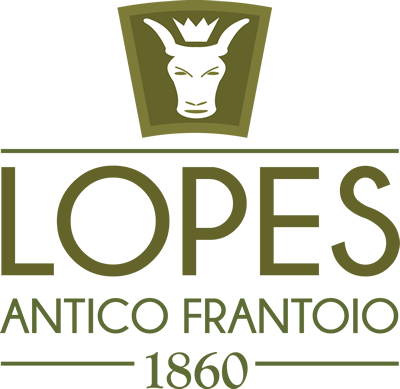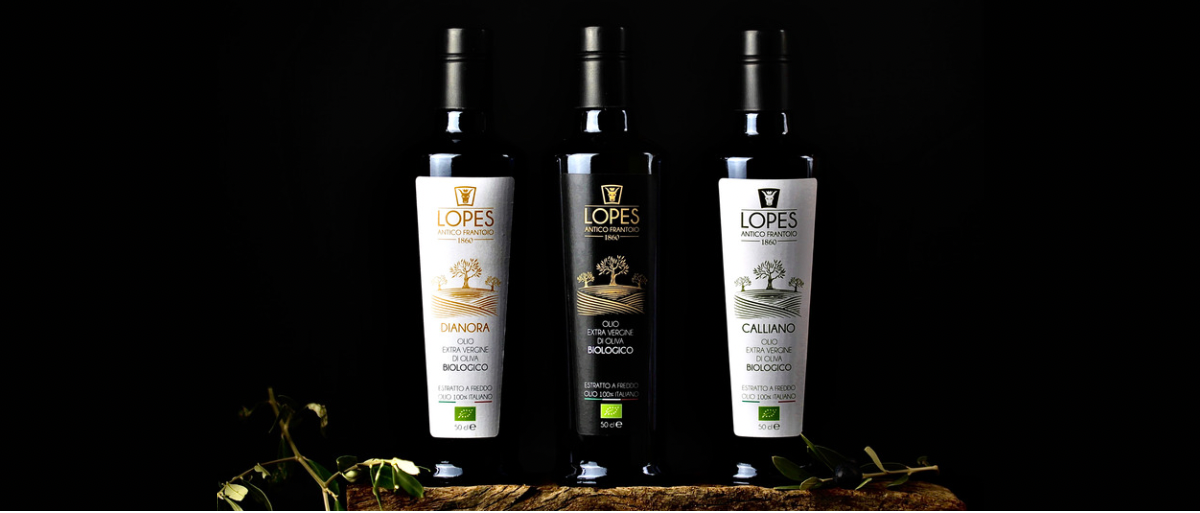Our Olive Oil
CULTIVARS:
Dolce di Rossano Biological and Agronomic Characteristics It is widespread mainly on the Ionian side of the province of Cosenza, from Corigliano to Cariati where, in the oldest olive groves, it constitutes over 90% of the plants. It is also present in internal areas of the same province and in the northern part of the Crotone area. The overall diffusion is of the order of 20,000 Ha. The Dolce is called Rossano because, although it has a rather large distribution area, it is concentrated with considerable intensity in the Rossano area. It tends to alternate, and is very sensitive to both "Cycloconio" and "Dacus". The cultivar was practically self-sterile, in traditional olive groves plants of the cv "Tondina", "Grossa di Cassano", an undefined variety called "Pugliese" and sporadically others, are found as pollinators. The veraison is relatively early and gradual, the oil is medium-late and the oil yield is 18-20%. It should be harvested in November when the oil yield is not at its maximum but the organoleptic characteristics and the conservation of the oil are better, the suitability for mechanical harvesting was mediocre. The plants are sensitive to cycloconio and the drupes to fly attacks; they are very productive but the alternation is accentuated. The overall average production is over 45,000 tons. of olives and is intended exclusively for the extraction of oil. Little or no use in new plants, the spread of the cultivar is in a decreasing phase, moreover in various olive groves there are replacements or reinforcements with other cultivars (eg "Coratina") to give a more marked hint of fruity and shelf life to the oil. Roggianella Biological and Agronomic Characteristics Tondina is one of the most widespread cultivars in the province of Cosenza even if it does not predominate in any of the individual olive growing areas. Since its distribution area is therefore not well defined, it often has different names (Rotondella, Roggianese, Vernile, Amaro, Gaetana). It has no particular needs regarding the climate and the soil, given its extreme adaptability to different environments. It has a tendency to alternate; in fact in the prime years it blooms and bears fruit in very high quantities. It is very much attacked by mange, less by Dacus. The harvest time for its use as a black table olive is generally November, while the harvest for oil extraction is much later (December-January). Cultivar of local interest.
Carolea Biological and Agronomic Characteristics Synonyms: "BECCO DI CORVO", "OLIVONA", "NICASTRESE", "CATANZARESE", "CUMIGNANA", "SQUILLACIOTA", "POLICASTRESE", "BORGESE", "NICASTRESE", "CORTALESE", "CATANZARESE", "CUMIGNANA" AND OTHERS. Distribution areas: present throughout Calabria. Predominates in the entire province of Catanzaro; it is significantly diffused in the provinces of Crotone and Cosenza and in reduced percentages in the provinces of Vibo Valentia and Reggio Calabria. Enter the DOP "Bruzio" extra virgin olive oil. Like all ancient and widespread varieties, it consists of a multiclonal population with significant phenotypic and genetic differences between the different entities. Characterized by medium vigor, it lends itself very well to the mechanical harvesting of drupes, with the use of shakers, and with yields ranging from 80% to 95%. It is self-sterile and therefore requires appropriate pollinators. In traditional olive groves, "Ottobratica", "Romanella", etc. are found as pollinating varieties. The veraison is late and gradual, the inoliation is early and concentrated, the oil yield varies according to the time of harvest. Resistant to cold and mange, it has rarely been found affected by verticillosis, while it is very sensitive to cycloconium, fly and zeuzera. The productions are abundant but alternating. The optimal harvesting period varies from the second half of October to November for olives intended for oil extraction, about a month earlier for table ones. Oil with good organoleptic and sensory characteristics which together indicate good quality oils. Self-sterile, for this reason it requires appropriate pollinators. The productions are abundant but alternating. About 97% of the product is intended for oil extraction and, despite the good product characteristics, just 3% for tanning. The oil yield is on average values.
Coratina Biological and Agronomic Characteristics The Coratina olive tree is characterized by having a medium size and by the fact of developing a rather expanded crown which, at the same time, has rather short ramifications, but which in any case present interesting and remarkable aptitudes to cultivation. Furthermore, the Coratina olive tree is characterized by having a vigor that falls within the average of the genus to which it belongs, but above all it has the particularity of being adaptable: in fact, it is able to develop without particular problems on many different types of soils. , even on those that are stony or have a high concentration of limestone. In any case, the adaptability of which the Coratina olive tree makes a main feature is partly related to an excellent rhizogenic aptitude: in short, it has a good ability to realize, with extreme ease, roots that have no complications. or problems. Without a shadow of a doubt, we must highlight how the highest production of this variety of olive tree occurs, in any case, on the fertile hills and also on those that can count on a good irrigation system. Furthermore, it is also interesting to highlight how the Coratina olive tree manages to guarantee an excellent level of resistance against a large number of dangers and adversities, including various diseases.
Biancolilla Biological and Agronomic Characteristics Synonyms BIANCOLELLA in Piaggine and Valle dell'Angelo. Origin, diffusion, importance Origin unknown. Quite widespread especially in the territory of the Municipalities of Valle dell'Angelo, Piaggine and Laurino, where it is cultivated together with Groia. It is a very popular variety for its productivity, yield and above all for the organoleptic characteristics of the oil, which are considered excellent. The name derives from the fact that at veraison the fruits take on a pale green color before the appearance of the vinous red one and remain so until December - January; subsequently they turn black. Agronomic characteristics The plant is of medium - low vigor and has a semi - pendulous habit. It is deemed to be self-incompatible. It does not alternate but produces more or less every year. Late veraison, from the base, gradual. It is moderately resistant to the fly; it is sensitive to mange, resists peacock eye; it is less resistant than Groia to low temperatures. In the prime years, especially in those with a dry summer-autumn trend, the fruits are almost spherical. Yield 18 - 20%.




